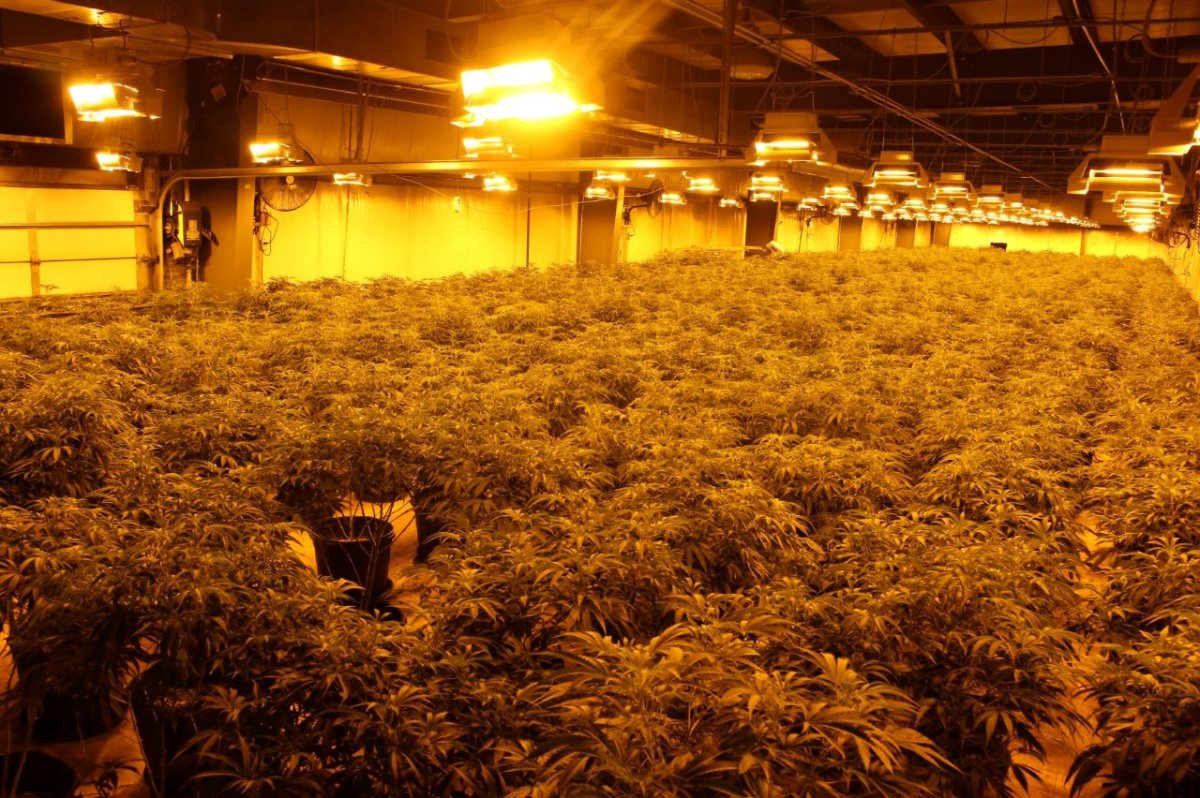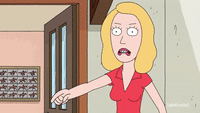Botanicals :
This was a post I found on icmag to share. All credit goes to the original author who wrote this post.
Source
https://www.icmag.com/ic/showthread.php?t=254210 http://www.frenchgardening.com/tech.html?pid=3164873867231346
The basic method of fermentation is simple enough, which is not to say anything goes. First you need a container made of a nonreactive material. A 50-gallon plastic garbage can works fine. You need to cover your container during fermentation, but not tightly, or it might explode! Either punch some holes in your garbage can lid or cover the can with a piece of burlap or other cloth. While you can use smaller containers, 50 gallons is an optimal homeowner-scale size that is big enough to help moderate temperature extremes during fermentation.An unheated garage or outbuilding is a good place to conduct the fermentation, the speed of which is temperature dependent. The higher the temperature--up to a point--the faster the fermentation.
The water you use is very important. The ideal source of water is rain, being free of calcareous minerals or additives such as chlorine which can retard or stop fermentation. If you must use hard well water, add a bit of vinegar to it to lower the pH. City water should be allowed to stand several days to allow the chlorine to evaporate before you use it for your extracts.
The duration of fermentation can range from a few days to a couple of weeks. When the mixture stops bubbling when you stir or otherwise move the contents, fermentation is complete. Check your brew daily.
It is imperative that you filter your extract. Doing so stops the fermentation from going too far, and also prevents globs of stuff from plugging up your sprayer or watering can when you apply the brew. Use a very fine strainer lined with cheesecloth, an old clean teeshirt, anything short of a coffee filter or other filter paper, which filters out too much.
Store your extract in stainless steel or plastic containers in a cool place, around 40-50 degrees F being ideal. French folks like to use 5-gallon plastic wine containers, appropriately enough. While a wine cellar is also an excellent place to store your extracts, make sure to label carefully!
Once you have your made your extract or infusion, you of course need to apply it. Most often, you spray it on, just as you would a conventional pesticide or foliar fertilizer, taking care to cover the undersides of leaves. But some remedies are applied as a soil drench. This is best accomplished with a good old-fashioned watering can.
Okay, now that you know the basics, here is the roster of beneficial plants and how to use them.
Wormwood (Artemisia absinthium) Perennial plant with silvery, aromatic foliage.
Action. Repellent, especially against cabbage butterflies and codling moth on apples during period of egg-laying. Fungicidal against rust on currants.
Fermented extract (2 lbs. of fresh plant material to 2.5 gallons water) Undiluted for rust on currants. Undiluted sprayed on soil to repel slugs. Diluted to 10% against codling moth and cabbage worm. Note: Do not throw detritus of fermentation on compost, as it will slow its breakdown.
Fernleaf yarrow (Achillea millefolium)
Perennial plant with ferny, silvery, aromatic foliage and white flowers.
Active ingredients: pro-azulene, a volatile oil; isovalerianic and salicylic acids (salicylic acid is aspirin, which is why a tea of this plant reduces pain and fever in humans.)
Action. Promotes compost breakdown; potentiates fungicides.
Cold maceration. 1 oz. of dried flowers in 1 quart of water; macerate 24 hours. Add to fungicide treatment, such as horsetail or tansy.
Garlic (Allium sativum)
Needs no explanation, except to say that garlic is perennial if left in place.
Active ingredients. Sulfur-containing compounds.
Action. Insecticide and fungicide.
Preparation. In decoction: chop 4 oz. peeled cloves and add to 1 quart water. Bring to boil, cover and remove from heat, infuse for one hour. Strain and use without diluting. Used as a soil drench, excellent to prevent damping off of seedlings. In oil maceration: Place 4 oz. of peeled cloves and 2 T. linseed oil in a mixer or blender and pulverize. Filter, washing the filtrate (and mixing in) 1 qt. rainwater. Store one week before using. Adding a bit of soap as a surfactant before spraying is useful. Effective against aphids and mites.
Note: This is a great use for spare garlic at the end of the winter storage season, which is beginning to sprout and taste unpalatable.
Cocklebur (Arctium lappa). Infamous biennial weed.
Active ingredients. Tanins, mucilage, resins, sulfate and potassium phosphate, calcium, and magnesium.
Action. Fungicide effective against mildew on potatoes.
Preparation. Use the whole plant before flowering. The root has the most active ingredients. In fermented extract, use 2 lbs. fresh plant to 2.5 gal. of water. Attention: strong odor! Filter and dilute to 5% before spraying on potato foliage. Also, just pick the leaves and use them as a mulch on your potatoes.
Nasturtium (Trapaeolum majus). Flowering annual.
Active ingredients. Sulfur-containing compounds.
Action. Fungicidal against canker on tree fruits. Insectifuge against white fly (repellent).
Preparation. In infusion, 2 lbs. fresh leaves in 5 quarts of water. Boil water, add leaves, infuse like tea one hour. Use undiluted on fruit trees. Dilute to 30% to spray tomatoes against mildew.
Comfreys (Symphytum officinalis, S. x uplandicum). Flowering perennial.
Active ingredients. Allantoin, which stimulates cell multiplication. This is why allantoin is such an excellent ingredient for skin creams, especially for chapped skin.
Action.Comfrey is a powerful stimulator of all cell multiplication, e.g. growth. It stimulates microbial growth in the soil, and in compost, thus acting as an 'activator'. Comfrey stimulates seedling development as well as foliar growth.
Preparation. In fermented extract, use 2 lbs. of fresh leaves in 2.5 gal. of water. As a soil drench, dilute to 20%; as a foliar fertilizer and seedling fertilizer, dilute to 5%.
Spurge (Euphorbia lathyris). Hardy perennial.
Active ingredient. Euphorbone.
Action. Repels moles and voles, but must be prepared and sprayed to be effective. Having the plant on your property does not suffice.
Preparation. In fermented extract, harvest the stems and leaves; the terminals have the most active ingredient, from April to October. Caution! The milky sap of this plant causes skin irritations! Wear long-cuffed gloves to protect your hands and arms. Use 2 lbs. fresh plant material per 2.5 gals. of water. Spray around cultivated areas.
Bracken fern and male fern. (Pteridium aquilinum, Dryopteris felix-mas). Perennial plant.
Action. Insecticide and insectifuge.
Active ingredients. Gallic and acetic acids; tannin; cyanogenic heterosides; potassium; aldehydes transformed to methaldehydes after fermentation.
Preparation. In fermented extract, 2 lbs of fresh leaves to 2.5 gal. of water. May be fermented simultaneously with nettle or horsetail. Dilute to 10% before spraying. Effective against some pests of potato and grape, very effective against wooly aphid. Note: bracken fern is indigenous in many areas, especially in well-drained acid soils, and is often considered invasive, as it is rhizomatous.
Lavender (Lavandula angustifolia). Flowering perennial.
Active ingredients. Over 250 different compounds!
Action. Insectifuge, insecticide.
Preparation. In fermented extract, 2 lbs. of fresh plant material per 2.5 gal. of water, dilute to 10% before using. For dried material, use 7 oz.
In simple infusion, use 4 oz. of fresh plant material in 1 qt. of water, or 2/3 oz. of dried plant material per quart.
Note: If you live in a cool climate, your lavender will be less potent than that grown in a hot climate. Double the quantities or use dried plant material from a southern source.
English Ivy (Hedera helix). Perennial vine.
Active ingredient. Heteroside which is liberated during fermentation.
Action. Insectifuge and insecticide against white fly, spider mites, and aphids.
Preparation. In fermented extract, use 2 lbs. chopped leaves in 2.5 gal. of water. In observing fermentation, don't confuse the foam caused by the saponins in the leaves with the gas bubbles of fermentation. Dilute to 5% before spraying. Beekeepers in the 18th century rubbed their hands with ivy to protect themselves from bee stings. Caution! The extract is toxic and must be kept out of the reach of children. Also, many people are allergic to the sap of ivy and/or to the fine hairs on the reverse of the leaves. Wear gloves to protect yourself.
Lemon balm. (Melissa officinalis). Perennial aromatic culinary and medicinal herb.
Active ingredient. Many aromatic compounds.
Action. Insectifuge against aphids, mosquitos, white fly, and ants.
Preparation. In infusion, 2 oz. of fresh plant in 1 qt. of water. Allow to cool, filter, and spray without diluting. Note: Do not use on seedling beds as it can prevent germination of seedlings.



 then crumble and scatter it around the pot. Im not sure with the frequency.
then crumble and scatter it around the pot. Im not sure with the frequency.